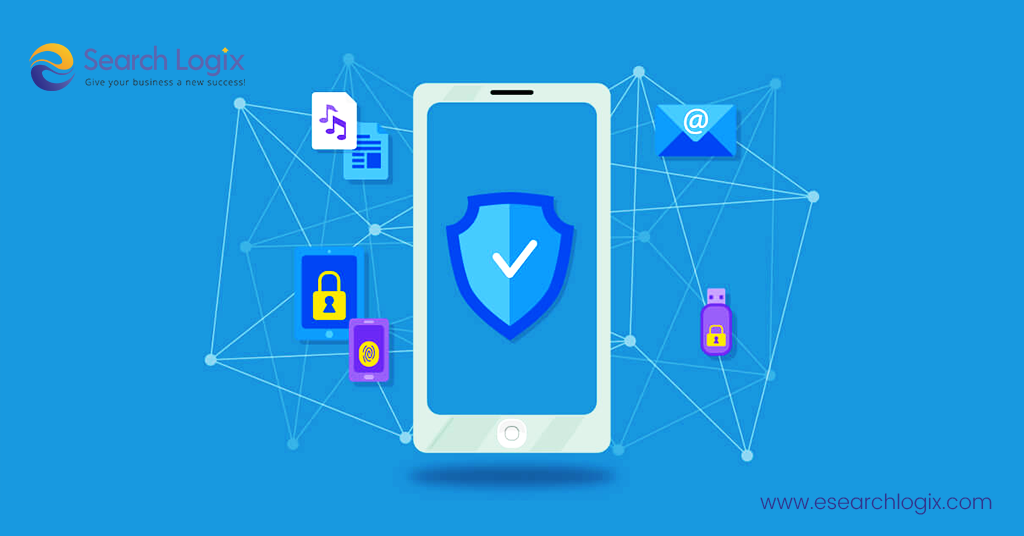Today, a number of mobile applications are frequently developing to complete our daily tasks more efficiently such as tracking a parcel, ordering food, managing the shopping list, and so on. However, data breaches and security threats are rapidly growing nowadays so it becomes a high priority to improve your mobile app’s security. Apps may contain personal data of users and company that is required to be stored securely. Common problems associated with app security involve improper management of sessions, unintended data leakage, broken cryptography, and bad authorization. Furthermore, app security is something that you need to keep in mind right from the initial stage of app development. The good news is that app developers can take a few steps to resolve app security issues. Have a look at them below:-
Steps to Resolve Mobile App Security Issues for Developers
Step 1: Be Careful With APIs
An API (Application Programming Interface) is an important aspect of backend development which allows apps to interact with each other. Since they are outward-facing, they can turn out to be security stress. To make your APIs secure, you can use authorized APIs in the app code and API permission key to monitor and make necessary changes.
Step 2: Protect Network Connections
All servers that have mobile app access should follow some security measures to prevent sensitive data. You can add more security through encrypted connections or Virtual Private Networks (VPN). You pay attention to protect the data in the right manner because leakage through network connections is quite common.
Step 3: Reduce Storage of Sensitive Data
Talking about data storage, it needs to be stored to the complete minimum in order to avoid future security risks. If it’s possible, never store users’ personal data within servers or a device. If you still need to store data, it is advisable to use the encrypted data containers and let them be automatically deleted after a period of time.
Step 4: Use High-Level Authentication
Most of the security breaches occur due to poor authentication. That’s why you should encourage your users to use strong passwords and be careful with them. Two-factor authentication is a good way to enhance your app security. The latest security biometrics such as retina scans, face scans, and fingerprints are the most secure ones.
Step 5: Encrypt All Data
All information that is exchanged over a mobile app is necessary to be encrypted as well. Encryption means even if the data is stolen by hackers, it is useless or meaningless for them unless they have a key. Enterprises should encrypt their users’ personal data to enhance their mobile app security.
Step 6: Testing
Do not skip the testing part at all even if it can make your app development process a bit slower. Testing before launching an app and test it at some point to maintain the functionality as well as the security of your mobile application. It is required to be review and test an app code regularly so problems can be recognized.
Developers must be familiar with cybersecurity threats and data breaches while creating iOS or Android mobile applications. By using the above-listed steps, you would be able to protect both apps and data within. All factors which might harm app security must be taken into consideration before launching the app in the market.
If you want to know security tools and strategies for your mobile app security, get in touch with us. We’d love to provide you with optimum support.

